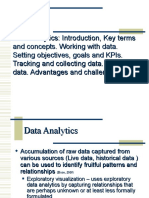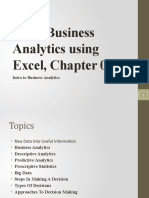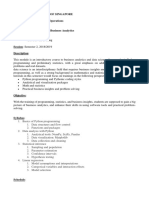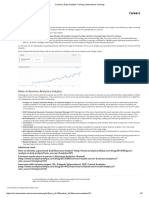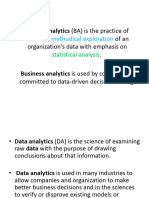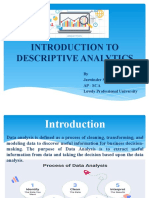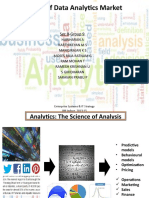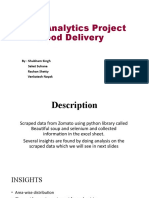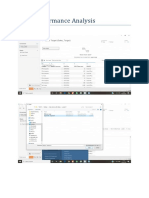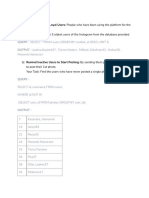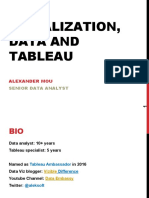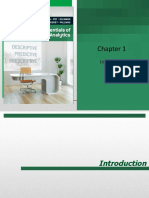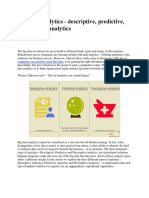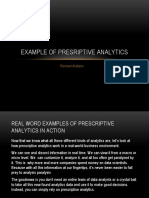0% found this document useful (0 votes)
549 views7 pagesPrescriptive Analysis
Prescriptive analysis uses data to determine optimal courses of action and make recommendations. It can harness descriptive and predictive analytics to provide actionable insights using algorithms. In banking, prescriptive analytics allowed a Turkish bank to improve credit card and credit limit offers, growing approvals by 45% and limits by 60%. It can also calculate the effects of tweaking mortgage qualification criteria. In marketing, it scores leads to identify the most valuable based on conversion likelihood, and analyzes customer feedback to identify trends to improve products and services.
Uploaded by
Saksham JainCopyright
© © All Rights Reserved
We take content rights seriously. If you suspect this is your content, claim it here.
Available Formats
Download as PDF, TXT or read online on Scribd
0% found this document useful (0 votes)
549 views7 pagesPrescriptive Analysis
Prescriptive analysis uses data to determine optimal courses of action and make recommendations. It can harness descriptive and predictive analytics to provide actionable insights using algorithms. In banking, prescriptive analytics allowed a Turkish bank to improve credit card and credit limit offers, growing approvals by 45% and limits by 60%. It can also calculate the effects of tweaking mortgage qualification criteria. In marketing, it scores leads to identify the most valuable based on conversion likelihood, and analyzes customer feedback to identify trends to improve products and services.
Uploaded by
Saksham JainCopyright
© © All Rights Reserved
We take content rights seriously. If you suspect this is your content, claim it here.
Available Formats
Download as PDF, TXT or read online on Scribd
/ 7




